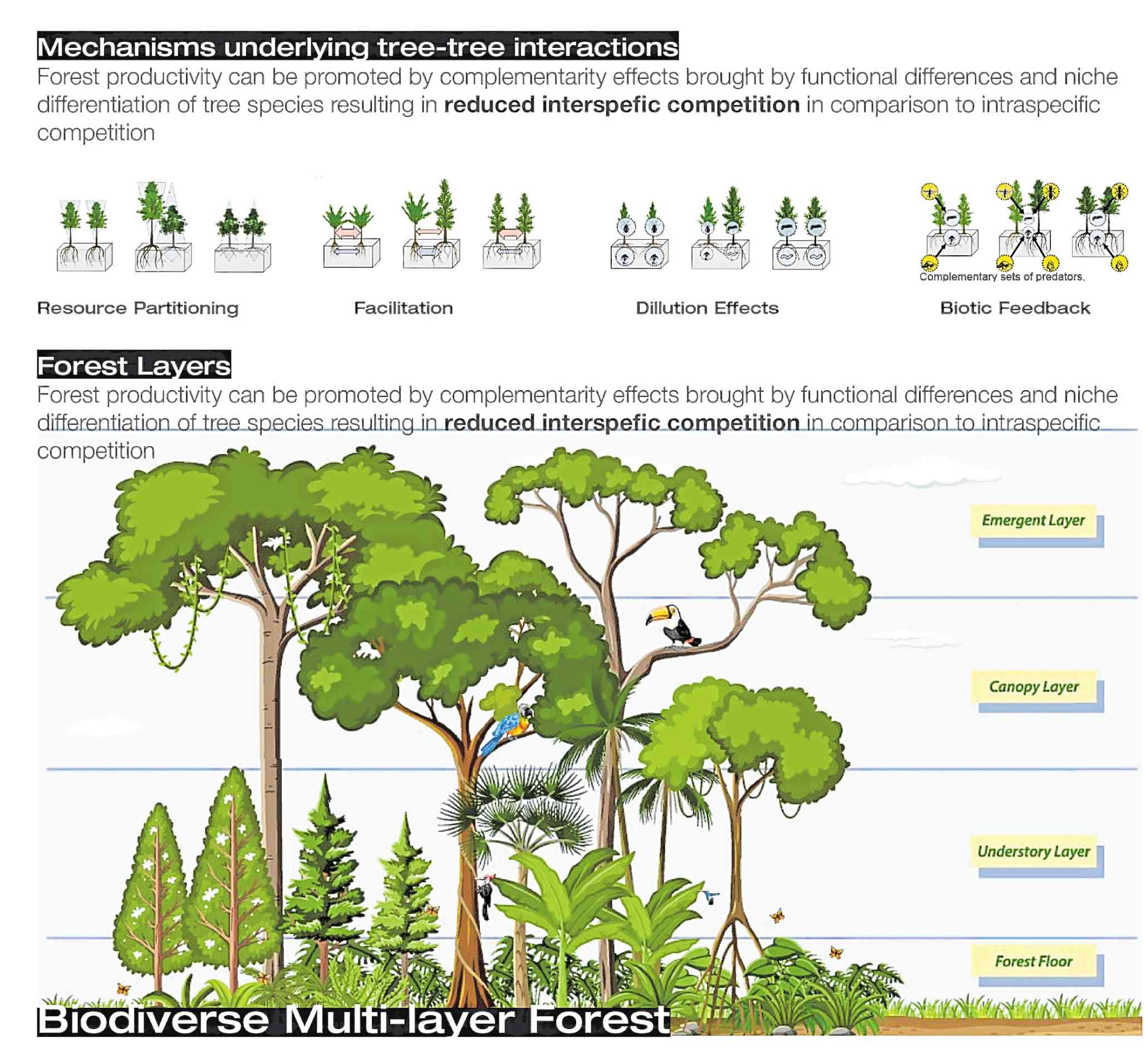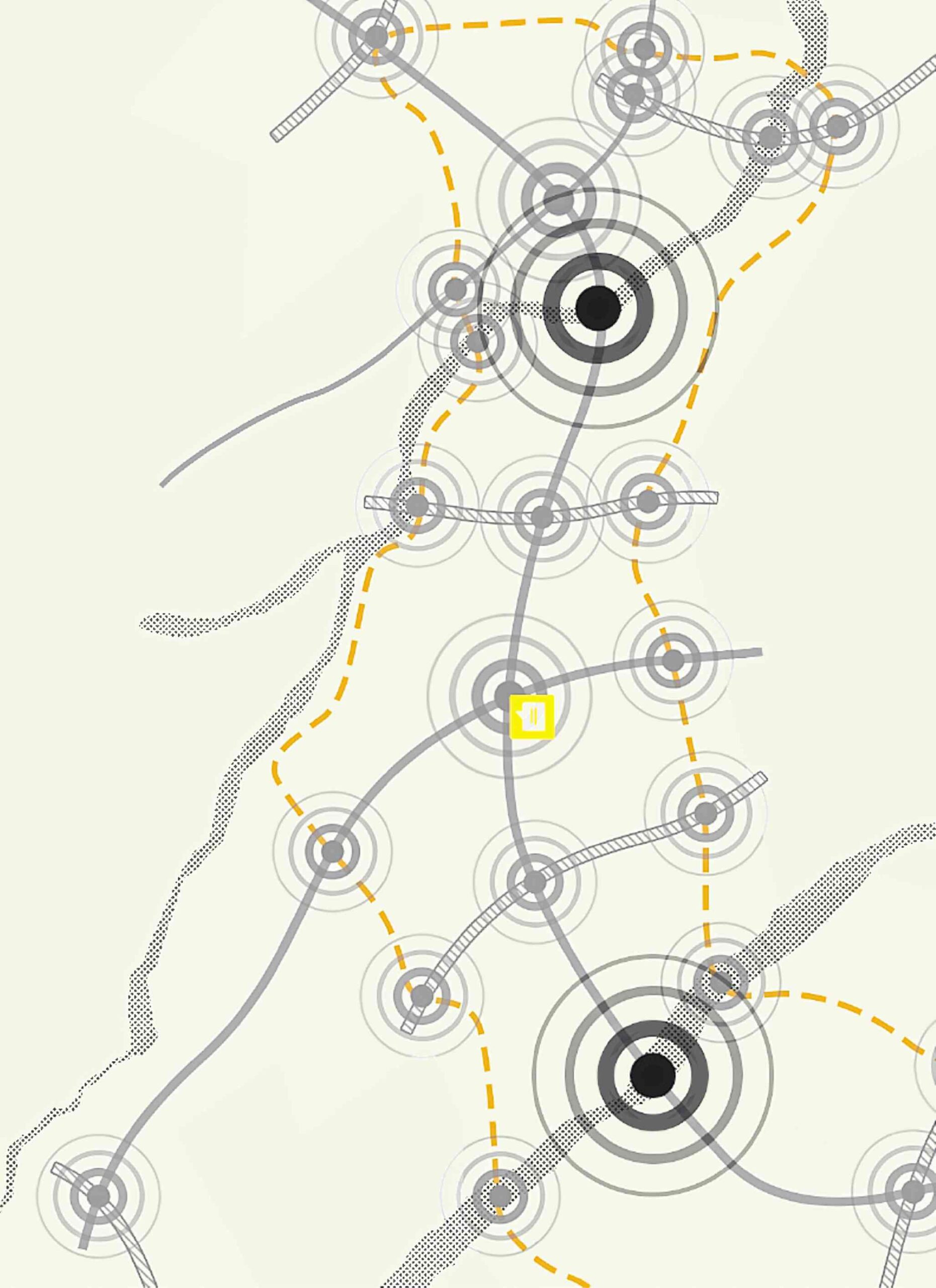A sustainable human environment
Sustainability is a growing movement that we all need to subscribe to and support.
Global greenhouse gas emissions continue to increase despite the fact that new materials and technologies are being utilized and developed. Energy-related carbon dioxide emissions in 2022 reached a new high of 36,800 million tons. This increase is largely driven by North America and developing Asia, excluding China.
The Philippines has a per capita emissions of 1.27t. This is only 33 percent of Thailand’s, 25 percent of the UK’s, and 8.5 percent of the US. This means that one American produces as much carbon dioxide emissions as 12 Filipinos. This presents us with two incredible opportunities.
Global redistribution
First, our growth and development can be directed towards a greener and more sustainable path with the help of new technologies. We must strive for a transfer of these technologies behind a system of sharing for the global good that would ensure a more equitable development model for our planet.
It is meaningless for the developed world to pursue sales of their equipment and materials to us without them helping us build the tools and industries that would allow us to avoid the disastrous path that the developed world has paved.
Article continues after this advertisementWe must ask for support to preserve and regrow our forests and request for clean energy grants that allow us to fund the increasing demand for energy. The development of new materials and technologies must be allowed to benefit our economies and not serve to enrich those who have already profited from egregious industrialization. Much needed capital should flow towards the development and industrialization of the developing world. Knowledge centers and institutions must be created to ensure better understanding and appreciation for the challenges to come.
Article continues after this advertisementThe Philippines is one of the most threatened countries with our numerous coastal regions and islands. We do not have the resources to buy more technologies and materials at the expense of our own people.
The recent controversies about our jeepneys are a good example of how a program could be created to finance and support the conversion of our jeepneys with grants from various international agencies via carbon credits. Funding sustainable growth in developing nations is the most affordable way to reduce emissions.
Planning the 21st century
The second opportunity is for us to identify, document, and develop our neighborhood and spatial systems to form new ideas about how we can better plan our cities. A major component of why Asian cities have much lower transport-related emissions has to do with the density of our cities. We cannot adhere to current planning models that have evolved from the western model. We must formulate a better model that embraces and learns from the best parts that make our existing communities more sustainable.
The most technologically advanced suburban home can never be more sustainable than an urban apartment. Even if all energy and transport related emissions are discounted, the bigger footprint and resulting urban sprawl mean more land development and smaller natural environments. It is simply unsustainable and impossible for everyone to live like this.
Planning lessons and social lubricants that allow us to develop denser urban spaces can be promoted and adapted to slow down environmental degradation and limit the voracious destruction of natural habitats that sequester carbon and act as storehouses for carbon dioxide.
A simple computation
The densest district on earth is Tondo in Manila. It houses about 150,000 to 200,000 families in only 865 hectares. Each 500-sqm villa displaces one apartment building that can potentially house 150 families. This means that having 150 families each in a 500-sqm villa can consume 15 hectares of our natural habitat. The smallest city in the country has over 10,000 families. This would occupy 1,000 hectares of our planet.
A proper balance must be achieved for us to ensure a sustainable future. Urban planning cannot continue to be a sectioning exercise that allocates more and more land to various zones of development. We must create social infrastructure that would allow us to lessen our ecological footprints. We must grow compact and holistic communities that can serve to sustain future generations.
Urban research
WTA has been researching various planning systems at our studio. We believe that incremental adjustments are not the solutions that can allow us to build more sustainable cities. We must leapfrog contemporary practices to develop better human environments. We go beyond computational models and explore systems and ideas.
This quest for a better understanding and better form of development began with our development of social architecture. The research of social infrastructure that allow us to alleviate the pressure of intense urbanization has led to an architecture that helps build our communities.
The human environment is an incredibly complex system made up of various layers of physical and social components. This palimpsest records and accumulates each and every human and natural intervention and interaction. It is a chronicle of physical attributes, vectors, intensities, as well as active and passive agencies.
Small towns
We believe that small towns and barangays provide a unique insight into how communities grow. Shared interests and common grounds serve to create less rigid artificial boundaries and more varied community activities. Documenting these spaces allow us to create a catalogue of urban spaces that serve to enrich our communities.
Conurbations
Megacities around the world have developed into urban regions that house tens of millions of people. Researching how these cities connect and blur together to create mutually beneficial urban settings can help realize how we can grow new cities.
Crossroads
Intersections are where people come together. They create nodes that intensify foot traffic and human interactions. Most of our cities grow around such crossings whether they be between rivers and roads or between two rivers or roads. Purposeful development of such crossing points can allow us to increase usage and densify new urban spaces.
Secondary forests
Researching the growth of secondary forests allows us to create an analogy with new townships. Secondary forest growth rates can be hastened with various methods and interventions. Community assemblies of various trees are influenced by functional traits such as energy acquisition, mechanical strength, and reproductive phenology.
Different trees all have a singular purpose yet a diverse grove of trees will grow better than a monoculture of trees. Different trees allow for resource partitioning, facilitation of stress factors, dilution of negative effects, and biotic systems which control the growth and spread of predators.
The formation of ecological niches within a forest are dictated by habitat types but maturity of a forest is determined by spread vectors. Convergence of functional traits allow us to create similar yet diverse communities. While zoning dominates a community at a larger scale, internal dynamics are determined more by biotic or social interactions.
These natural ecosystems give us a glimpse of the more natural growth patterns that can inform the planning of human ecosystems.
Neighborhood clusters
Neighborhood clusters are a collection of neighborhoods that together form a holistic entity, allowing us to veer away from gridded modules that inhibit further growth. The formation of clusters from block scale to neighborhood scale and further on to district and town scales allows us to develop more organic and complete communities that are more resilient and economically viable.
Neighborhood locks
We explore various functions and elements that allow us to link together various neighborhoods. These tools range from vector pathways to intensified collective centers. They create spaces of strengthened interactions, allowing for the growth of communal identities and stronger neighborhood bonds.
Planned intensity
The development of cross nodes and growth corridors allows for purposeful intensification of new cities. The distribution patterns of these centralities allow for a more even distribution of density and create more opportunities for growth.
Urban geography
The study of geographical features and how they affect human settlements allows us to amplify the site’s natural characteristics and direct them towards the growth of our cities. Planning tools allow us to create urban characteristics that form an urban geographic language, developing diverse and positive urban spaces and settings.
Urban streams
Streets are urban streams that can be utilized beyond vehicular traffic. These arteries can be reimagined to serve as a rich common ground for both residents and visitors to interact with the human environment beyond their immediate vicinities. They serve as daily touchpoints and compulsory connections with our neighbors.
Sustainable cities
Cities serve as the main form our human environment for a majority of the earth’s people. We must adopt planning systems that allow for more sustainable lifestyles. Sustainability is no longer optional, nor is it just a popular buzzword to be used to assuage our minds. The only question for us is how do we pursue this.
Sustainability is not about the future but the lives of all our children. It is now.
Design exploration requires the input of everyone in our community. We invite everyone to come join our explorations on the human environment. Join us on Instagram @wtadesignstudio and @entrari.



